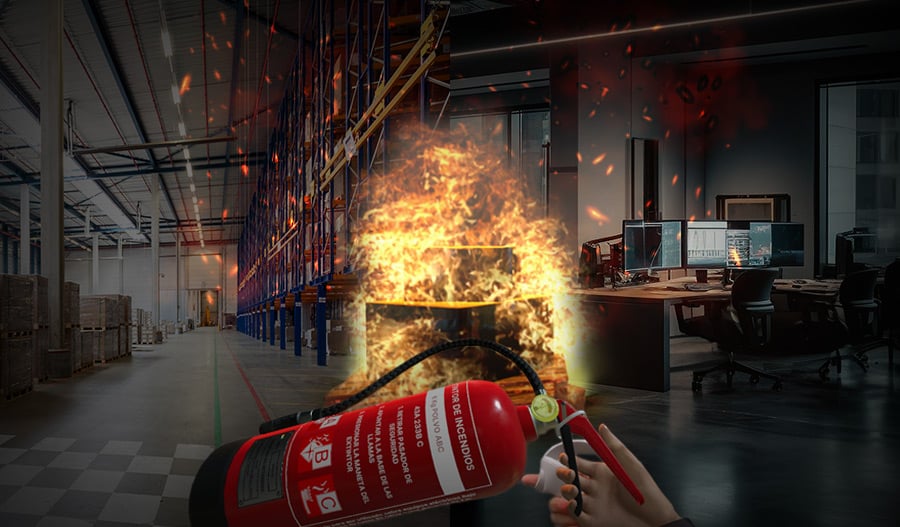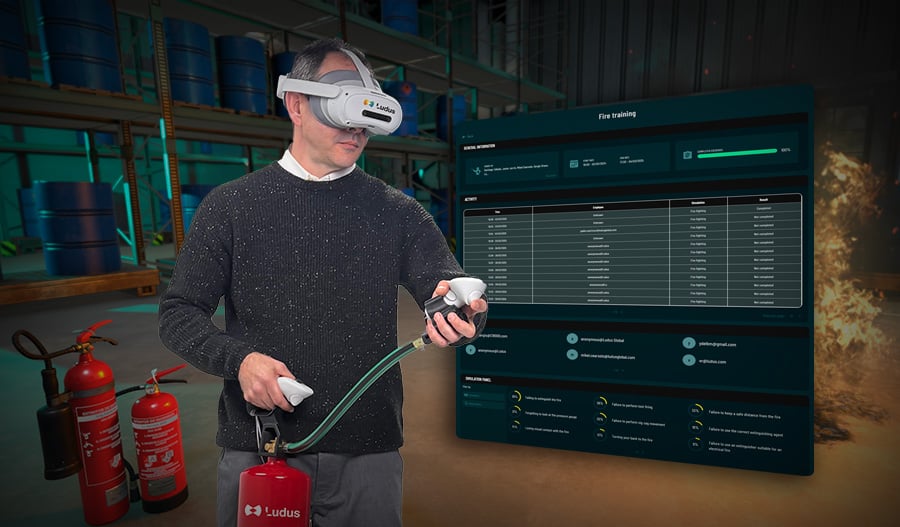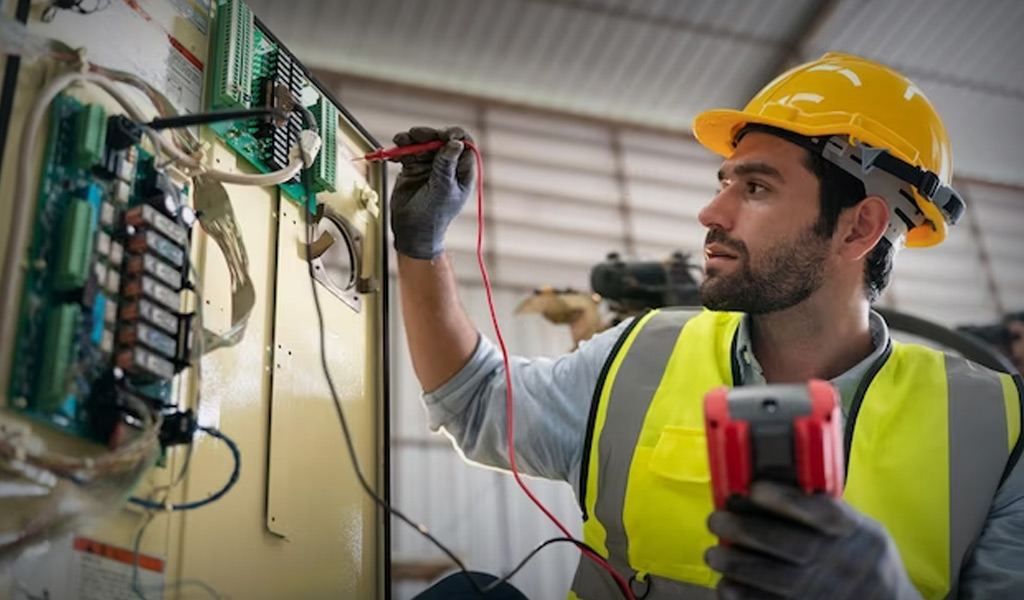HSE (health, safety and environment) training is a legal obligation for companies. In addition to training and protecting their employees, it is important for companies to demonstrate that they have done so. How can you certify that you have provided HSE training based on regulatory standards and that employees have mastered the content? Technologies such as virtual reality (VR) offer an answer.
For a company, being able to prove that it has provided adequate health and safety training is a safeguard. Such proof is crucial when it comes to avoiding penalties such as fines or even imprisonment in the event of an accident. Why does this happen?
Without HSE training, the company is responsible for the accident.
When a worker suffers an accident at work, if the company has not provided adequate HSE training, it will be held liable. Thus, even if the employee has not protected themselves adequately, recklessness on their part will be ruled out.
Recklessness occurs when an employee takes unnecessary risks voluntarily, disregarding prevention rules. In this case, the responsibility for the accident would fall on the employee, not on the company.
As we were saying, for recklessness to exist, the company must have provided adequate HSE training, which is not always the case. Every year there are hundreds of convictions for occupational accidents in Spain, and in many cases, the sentences are for companies that did not provide training.
The data on sentences for occupational accidents and company penalties
In 2021, there were a total of 426 sentences for occupational accidents in Spain. Of the total number of judgements analysed, up to 80% were convictions, with Construction being the most punished sector. The figures provide a clear conclusion: the vast majority of sentences for accidents at work are convictions.
The penalties and convictions also reflect the responsibility of the company in case of failure to provide HSE training. In 2022, an employer accepted a 3-month prison sentence following the death of a worker. The employee, who lost his life while repairing a lamp in a pressurised water tank, had not received adequate training.
Failure to provide adequate health and safety training also has financial repercussions for companies, in the way of fines. In November 2022, a court in Navarra upheld a fine of €334,059 for a company following the fatal accident of an operator.
The judges also considered in this case that the company failed to provide PPE, important information and adequate training to the employee. In this case, the victim died as a result of inhaling toxic paint products.
In addition to penalties and costs for companies in terms of litigation and absence from work, accidents at work are a burden on society. Although they cannot always be avoided and there are jobs with inherent risks, every effort should be made to prevent them. For all these reasons, raising awareness regarding occupational health and safety measures is very valuable for companies. What role do technologies such as virtual reality play in this?
Virtual reality makes it possible to demonstrate that HSE training has been delivered in accordance with regulations and standards.
Virtual reality reproduces realistic situations and scenarios using simulations. By putting a VR headset on an employee, the HSE trainer can expose them to hazardous situations in their day-to-day work. The employee lives a first-hand experience and learns without putting their health or life at risk.
The implementation of this technology makes training courses more dynamic and allows the employee to experience sensations during learning. This, known as Learn by living, encourages the retention of knowledge. But above all, virtual reality allows companies to prove that they have provided HSE training in accordance with regulatory standards.
Ludus simulations allow trainers to deliver health and safety training with virtual reality. The exercises provide feedback in the form of data at the end of a simulation: completed steps of a protocol, duration time... In addition, the content of the simulations is based on official occupational health and safety standards and regulations.
The Cardio Pulmonary Resuscitation (CPR) simulation, for example, provides a final score based on parameters such as the quality of compressions or reaction time. This is helpful in assessing the performance of employees, and analysing whether they completed the protocol correctly.
The Ludus platform provides usage and performance data, such as hours of use per trainer or exercises passed and failed. This type of data supports the fact that training has been delivered with content based on HSE standards and that trainees have understood and internalised it.
Fire safety, working at heights, risk detection in the plant, first aid, hand accidents, safety in construction... The Ludus platform has more than 19 simulations of different contents available to customers.
Do you want to learn more about the benefits that Ludus simulations bring to companies in their health, safety and environment training? Discover them through this link.
















